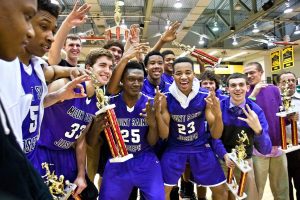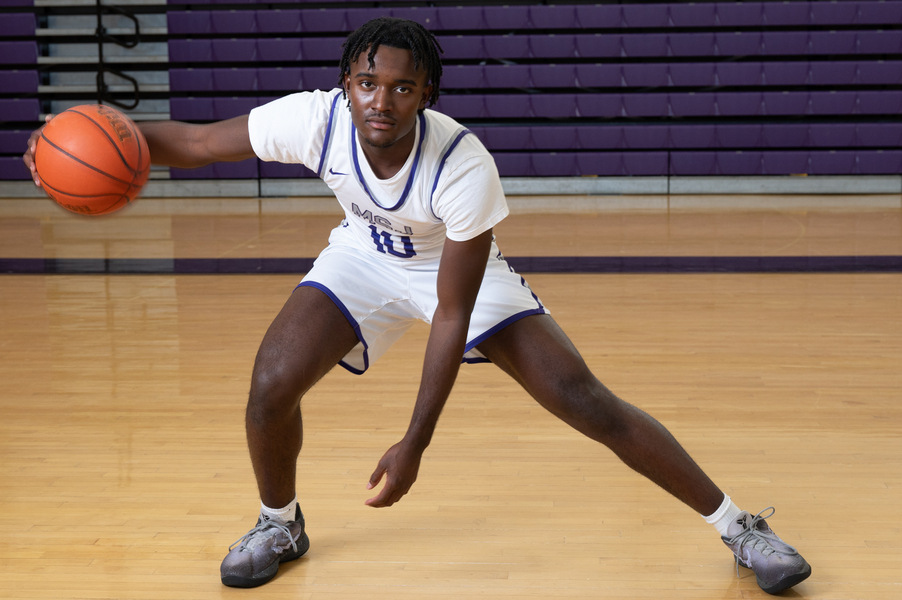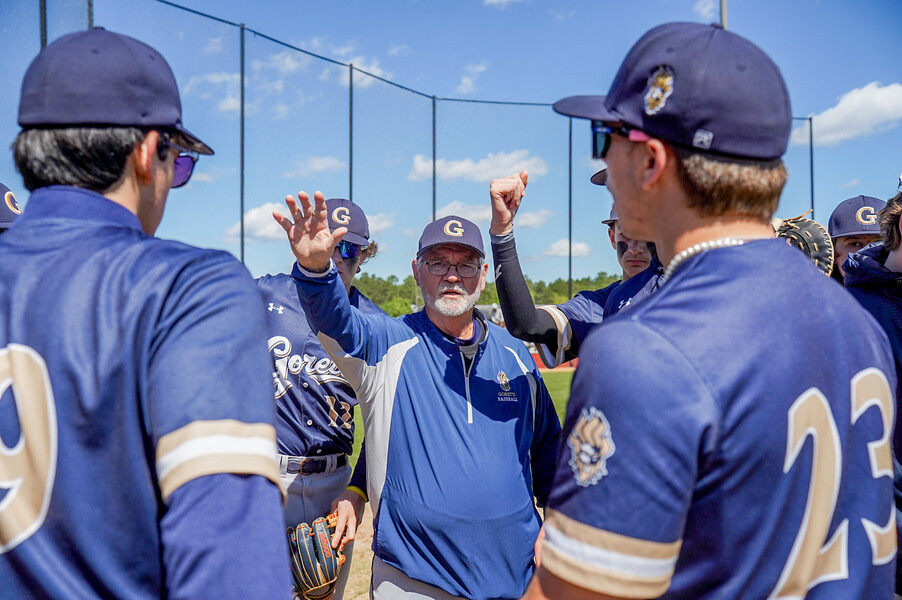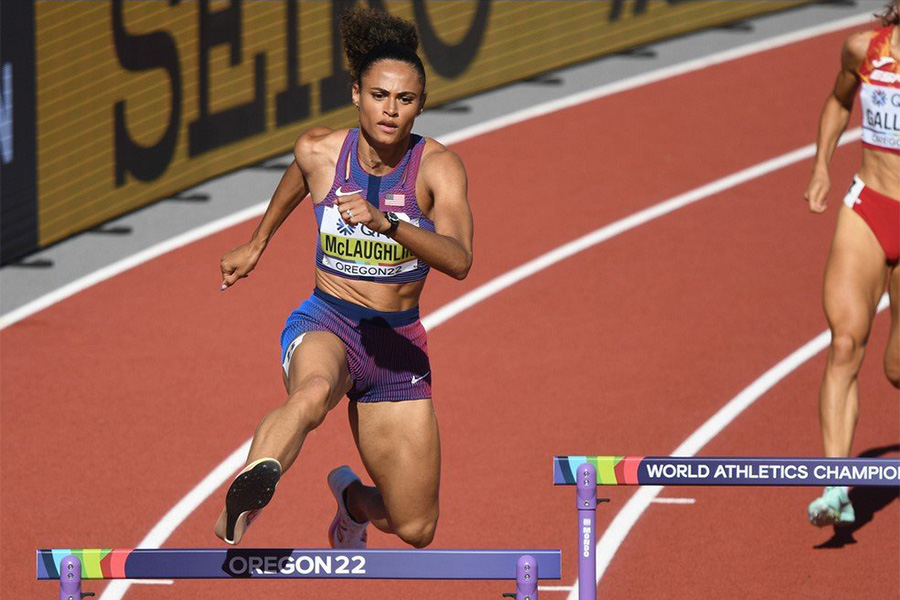The Baltimore Catholic League is celebrating its 50th tournament this week. In order to appreciate where it’s been and where it’s going, here’s the Catholic Review’s look at the 15 players who came out of a Catholic high school in Baltimore and had the most-lasting impact on the game.
This list acknowledges that the game didn’t start here in 1971-72, when the BCL was formed. It weighs not just what players did in high school, but what they did afterward, and their impact on the game – the reason it’s too soon to include Ace Baldwin, who led St. Frances Academy to the last three tournament titles.
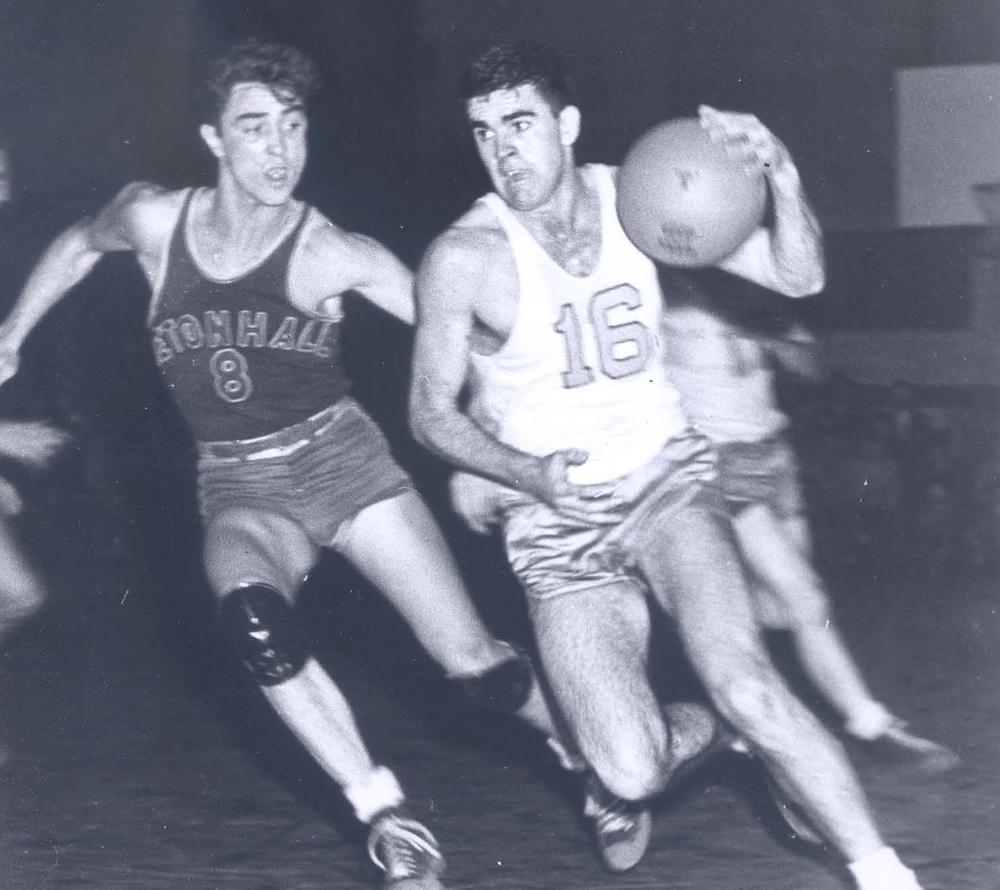
The men are listed in chronological order.
Jim Lacy
Lacy led Loyola High to a Maryland Scholastic Association title in 1943, served in the U.S. Navy during World War II, and put Loyola College on an even footing with La Salle, Seton Hall and Villanova. He was the first player in NCAA history to score 2,000 points in a career, and led the Greyhounds to three straight titles in the old Mason-Dixon Conference. His 2,199 points remain the school record.
Gene Shue
Unwanted by Loyola College and Georgetown coming out of the former Towson Catholic High in 1950, Shue headed to the University of Maryland and the NBA, where he was a five-time all-star and twice the Coach of the Year. Shue, who will turn 90 in December, was coach of the Baltimore Bullets (now the Washington Wizards) 50 years ago, when they reached the NBA finals.
Jean Fugett

In the 1950s, a nascent Catholic league between Baltimore and Washington, D.C., foundered, because the schools to the north had yet to integrate. Fugett changed that dynamic at the former Cardinal Gibbons High School, where he led the Crusaders to their first win over Mount St. Joseph and became the first Black to win the Baltimore Catholic high school Athlete of the Year honor from the Catholic War Veterans, all before he turned 17. Fugett had a fine career as tight end in the NFL.
Barry Scroggins
There might not be a Baltimore Catholic League without Scroggins, who starred at Mount St. Joseph and was The Sun’s Athlete of the Year in 1971. At the time, the Maryland Scholastic Association encompassed public schools in the city and private schools in the area. A brawl followed the Gaels’ upset victory at Dunbar High in the playoffs. Fearing a repeat, athletic directors and coaches formed the BCL.
Tony Guy
When Guy arrived at Loyola Blakefield in 1974, Baltimore was just beginning to establish itself as a stop for college recruiters. He was a central figure in the Dons’ dynasty, a BCL all-star on their championship teams in 1976, ’77 and ’78 and a McDonald’s All-American. A year behind running mate Pete Budko, who went to North Carolina, Guy took a scholarship to Kansas, another college basketball blueblood. Before ESPN, however, it might as well have been on another planet.
Quintin Dailey
Veteran observers of the game will argue that the two best high school players ever to come through the city came along in the ’70s: Skip Wise at Dunbar and the equally star-crossed Dailey at Gibbons, which he led to the 1979 title. Controversy followed him at the University of San Francisco, but the Chicago Bulls made him the No. 7 pick in the 1982 draft. He died at age 49.
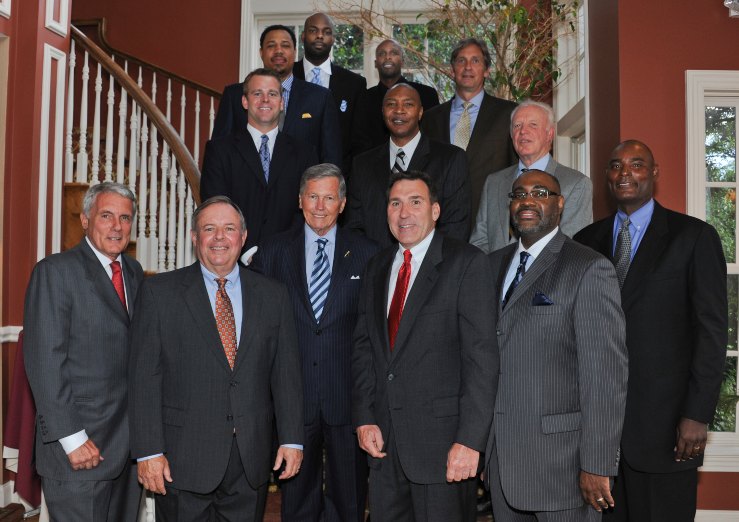
Marc Wilson
Calvert Hall became a national power in the early 1980s with a lineup that included the Edwards brothers, point guard Pop Tubman and wunderkind Duane Ferrell, but no one Cardinal was more clutch than Wilson, a left-handed wing. He was the leading scorer when they beat Dunbar in a triple-overtime epic in 1981, and capped his prep career a year later by leading Calvert Hall to a title in Alhambra Invitational, rare air for a BCL team and one that secured its claims to a mythical national title. Wilson starred at the University of Minnesota.
Marty Johnson
Johnson was tournament MVP in 1983, when Cardinal Gibbons disrupted the Calvert Hall dynasty, but that’s not why he’s on this list. A role player at Richmond, he transferred to Towson University, and made it cool for locals to play college basketball in their hometown. Kurk Lee and Kelly Williamson, other BCL veterans, followed similar paths to Towson, and helped the Tigers in 1990 to the NCAA tournament, a first for a Baltimore college.
Rodney Monroe
St. Maria Goretti became a full-fledged member of the BCL in 1984-85, just in time for the Gaels to dominate behind Monroe, a three-time tournament MVP and smooth guard who went on to star at N.C. State. As a senior, he provided the seminal moment in the Fuel Fund, a postseason benefit between the BCL and city champions, a buzzer-beating 60-foot shot that upset previously undefeated Lake Clifton.
Devin Gray
St. Frances Academy has won a record 10 tournaments, all since 1990. Well into the 1980s, it competed only at the CYO level, until coach William Wells’ program was upgraded to interscholastic status. In their second year in the BCL, Gray led the Panthers to the championship and was tournament MVP. He had a fine career at Clemson University, spent a few seasons in the NBA and was just 41 when he died of a heart attack.
Mark Karcher
The Sun ranked Karcher the best BCL player ever, echoing the assessment of the late Paul Baker, former Towson Catholic and University of Baltimore coach, and an authority on such matters. St. Frances Academy was pretty much unstoppable in his last three years there, which included an Alhambra title in 1996, his junior year. The powerful forward starred for John Chaney at Temple, and returned to coach the Panthers to a BCL title in 2009.
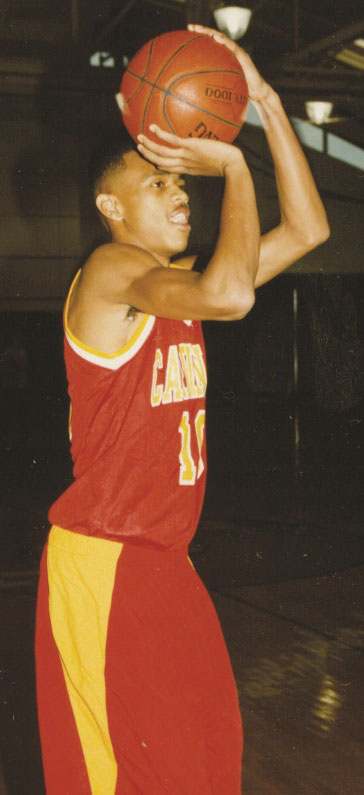
Juan Dixon
Dixon played at Calvert Hall in the shadow of Karcher, but made history at the University of Maryland. Much has been made of the rift between the Terps and Dunbar High in the 1980s, but that also extended to Catholic schools, as Dixon was the first top recruit from the BCL to go to College Park since Shue. Dixon’s trailblazing included leading Maryland to its only NCAA title, in 2002. He’s now the Coppin coach.
Carmelo Anthony
Two years after he was the BCL Player of the Year for Towson Catholic and following a season at a prep school in Virginia, Anthony led Syracuse to the NCAA title in 2003, succeeding Dixon as the Most Outstanding Player in the Final Four. He’s the No. 11 scorer in NBA history, and the only man to play in four Olympic Games for the United States, winning three gold medals.
Rudy Gay
Gay was a McDonald’s All-American for Archbishop Spalding and led the University of Connecticut to a No. 1 seed in the 2006 NCAA tournament. At both stops, he was frustrated by Will Thomas, a rock for Mount St. Joseph and then George Mason University, a great Cinderella story. Gay’s transcendent talent, however, led both the Maryland Interscholastic Athletic Association and the NCAA to tighten recruiting rules. Gay, still only 34, plays for the San Antonio Spurs.
Phil Booth
Has the BCL ever produced a bigger winner at the prep and college level than Booth? He led Mount St. Joseph to three straight titles from 2012 to 2014, was tournament MVP for his role in those last two runs, and then came up big for Villanova on its runs to the NCAA title in both 2016 and 2018.
Email Paul McMullen at pmcmullen@CatholicReview.org
Also see
Copyright © 2021 Catholic Review Media
